The background must be sound since the adhesion of the mortar to the floor, wall or ceiling will only be as good as the substrate. Remove all flaking and cracking paint, plaster etc. from the substrate. Clean the surface and remove any dust, unsound or contaminated material, plaster, oil, paint, grease, corrosion deposits or algae. Oil and grease deposits should be removed by steam cleaning, detergent scrubbing or the use of a proprietary degreaser. Where breaking out is not required, roughen the surface and remove any laitance by light scabbling or grit-blasting
BondPro PVA
| DATA | RESULT |
| Colour | Opaque, white, non-toxic viscous liquid |
| Density (g/cm³) | 1.05 ± 0.01 |
| Total solids, % | 29.0 – 32.0 |
| Viscosity Poise(LVT Spindle 6 @20rpm) | 10 - 40 |
| Chloride Content | Nil |
| Specific Gravity | Typically, 1.0 @ 20°C |
| Compatibility with cements | Can be used with all types of Portland cement |
| pH | 5 to 7 |
| Drying Time | <1 Hour |
| Tack free Time @ 25º C | 30-60 minutes |
| Application Temperature | From +5º C to +55º C |
| Service Temperature | From -10º C to +85º C |
| Flash Point | Non-flammable |
| VOC content | 0 g/ liter |
* All values given are subject to 5-10% tolerance
* Properties listed above are only based on controlled laboratory samples and tests: Results may differ based upon statistical variations depending upon mixing methods and equipment, temperature, application methods, test methods, actual site conditions and curing conditions.
®=Registered trademark of the North Group.
Description
BondPro PVA, multipurpose adhesive, primer, bonding agent and admixture for cementitious systems is ready to use white liquid based on a polymerised resin emulsion
Additional Information
| Applicable Standards: | Colors: | Packaging: | Coverage/ Yield: |
| Conforms to BS 5270 for internal plastering | White | 5 litres, 25 litres and 200 litres. | As a Primer /adhesive / bonding coat: Neat 10 m² per 1 litre dilute1:1 (Primer coat) 20 m² per 1 litre dilute1:3 (Key coat) 3.5 m² per 1 to 1.5 litre As an Admixture:At the rate of 20 to 30 litres per 100 kg of cement used i.e., approx. 100 to 150 litres/m³ of mortar. Note: The coverage figures for BondPro PVA are theoretical. Due to wastage factors and the variety and nature of possible substrates, practical coverage figures will be reduced. Above figures are for per litre of diluted product |
Typical Applications
- General purpose economic primer and bonding agent for cement screeds, rendering and plaster to most sound surfaces such as concrete, stone, brick, terrazzo and slate floor tiles, and new concrete to old.
- As an admixture in cement / sand and granolithic screeds BondPro PVA, enables thin, jointless floor toppings and underlays
Benefits
- Single component product - Easy to use
- Bonds to wide range of building materials, very good compatibility with cement.
- Improves the durability of mortars and renders
- Excellent as a dust proofer and sealer
- Improves workability, adhesion & bond strength
- Easily applied by brush roller or spray
- Contains no chloride admixtures
- Versatile and economical
- Quick Drying
Recommendations:
- BondPro PVA is not suitable where conditions of rising damp or permanent dampness are likely to occur. In these cases, use BondPro SBR.
- BondPro PVA should not be used as a bonding agent in continuously wet areas. In such conditions, BondPro SBR is recommended.
- BondPro PVA mortars, toppings and renders should not be applied when the temperature is below 5°C and falling, neither should they be exposed to moving water during application
1) As a bonding agent for cement screeds and renderings, plaster, etc.:
Prepare the surface and seal the surface using 1-part BondPro PVA to 4 parts of water. Allow this to dry, then apply a bonding coat of 1-part BondPro PVA diluted with 2-parts water (1:1 on low porosity surfaces). Screed, plaster or render on the tacky bonding coat using normal techniques. Cure cementitious screeds and renders properly.
Note:On totally non-absorbent surfaces such as polished granite, paintwork etc., the sealer coat may be omitted and the bonding coat should be1 part of water to 2 parts BondPro PVA.
2) As a General adhesive:
Bonds asbestos. bricks, carpet, concrete, earthenware, glass, laminated plastic, leather, linoleum, plasterboards, polystyrene, renders, roofing felt, stone, textiles, tiles & wood. After surface preparation, apply a neat thin film of BondPro PVA over both faces and allow to become tacky (20 to 30 minutes depending upon temperature). Bring the surfaces firmly together, position as required, wipe of any excess & allow to set for 24 hours. Do not clamp tightly as the BondPro PVA may be squeezed out.
Note: BondPro PVA will not bond polythene, PVC or rubber
3) Bonding new concrete to old:
Ensure that the substrate is stable, sound thoroughly clean and free from oil, grease and any loosely adhering material. Apply a sealing coat of BondPro PVA diluted with 4 parts of clean water and allow to dry. Apply a bonding coat of BondPro PVA diluted with an equal volume of water and lay the new concrete while this coat is still tacky. To ensure maximum bond strength, add 5 litres of BondPro PVA per 100kg bag of cement.
4) For repairs to concrete:
Form the extremities of the application area to a depth of at least 10 mm to avoid feather-edging and to provide a square edge. Prepare and seal the surface as required, apply a priming coat of 1-part BondPro PVA to 1 part water and allow to become tacky. Using the same sand or fine aggregate as in the concrete to be repaired, prepare a stiff cement/sand mix in the proportions 1:2 (or leaner) gauged with 1-part BondPro PVA to 3 parts clean water. Compact firmly and level out with minimum trowelling.
5) Repairs to Natural or Reconstructed Stone:
Prepare and seal the surface as required and apply the priming coat as above. Prepare a stiff mix comprising of Portland cement with original aggregate in as lean a mix as possible 1:6 (or leaner) consistent with the strength requirements gauged with 1-part BondPro PVA to 3 parts clean water. Compact firmly and level with the minimum of trowelling.
Note: Resurfacing does not normally call for high strengths.
6) For repairs to concrete & granolithic floors:
Prepare and seal the surface as required. Apply the priming coat of 1-part BondPro PVA to 1 part water, brush well into all crevices and allow to become tacky. The priming coat must never be allowed to dry, if it does re-prime and proceed only when tacky.
Prepare a mix of 1-part of Portland cement to 2.5 parts of clean washed sharp sand, gauged to a stiff consistency with 1-part BondPro PVA to 3 parts clean water. Then proceed as per the particular application as detailed below:
Repairing Cracks and Holes in Cementitious Floors:
Place the mix onto the tacky prime coat, compact firmly & level out to a smooth finish with minimum trowelling. Deep holes and cracks should be filled with conventional concrete onto the tacky priming coat to within 6mm of the surface and “topped” off to above specification whilst the ordinary concrete fill is still green.
Resurfacing of worn concrete and granolithic floors:
Place the mix onto the tacky sealing coat and trowel in to the surface using existing exposed aggregate as level thus replacing mortar lost by wear. Treat deep indentations or holes as per above.
Levelling of worn stair treads:
Place the mix onto the tacky priming coat, compact firmly and level out to a smooth finish with the minimum of trowelling. To impact a non-slip finish to the stair tread, a piece of hessian should be placed onto the newly filled area soon after trowelling and lightly tamped to leave an impression of the hessian.
7) As a surface sealing coat:
To seal highly porous and dusty, friable concrete or granolithic subfloors, apply 2 coats of BondPro PVA diluted at the rate of 1-part BondPro PVA to 4 parts water and a final coat diluted 1-part BondPro PVA to 3 parts water. Allow each coat to dry before proceeding. On less porous floors, the first coat may be omitted.
8) As a bonding agent for tiles:
Wood, block, cork and acoustical tiles: Use BondPro PVA as a general adhesive. If the surface is uneven, the adhesive should be filled as described below under “Polystyrene Tiles.”
Ceramic, concrete, quarry, clay and terrazzo tiles:
Seal with a solution of 1-part BondPro PVA to 5 parts water. Brush well into the surface and allow to dry. Before bedding tiles in sand and cement give the floor and the base of the tiles a further coat of 3 parts BondPro PVA to 1 part water. Whilst this is still wet or tacky apply the sand and cement bedding to the base and bed the tiles.
Polystyrene tiles, plaster board and acoustic board: Prepare and seal the surface as required, then using a suitable filler such as plaster, cement, fine sand or sawdust, make a paste with a solution of 1-part BondPro PVA to 1 part water. Apply this mixture as an adhesive coat to the tiles and surface to be bonded.
9) For bonding granolithic toppings to sub-concrete:
Prepare the surface and apply a priming coat of 1-part BondPro PVA to 1 part water, brush well into all crevices and allow to become tacky. The priming coat must never be allowed to dry, if it does then the surface must be reprimed.
Prepare a key coat consisting of 1 part Portland cement to 1-part clean sharp sand gauged to a stiff consistency with a solution of 1-part BondPro PVA to 3 parts water. Spread over the area whilst the priming coat is still tacky to an average depth of 6 mm then stipple with a stiff brush to form a mechan- ical key i.e: as rough a surface as possible. Allow to harden thoroughly and check for adhesion prior to laying the granolithic topping.
10) As a primer for overcoating bitumen with oil-based paints:
To prevent bitumen coatings bleeding through subsequent films, they may be primed with BondPro PVA diluted with equal parts of water which will form an efficient barrier and may then be safely covered with most oil-based paints.
11) Soil and sand stabilization:
For average stabilization and dust control, mix 1 part of BondPro PVA to 5 parts clean water and spray immediately on to the surface of the soil or sand. Penetration depth will vary according to the type of soil but will be at least 12mm. Coverage is approximately 5.0 litre/m²
High temperature working:
At ambient temperatures above 35°C, the material should be stored in the shade and cool water used for mixing.
As an admixture in cement/sand and granolithic screeds:
The use of BondPro PVA in the mix allows thin, jointless floor screeds (9-18mm thick) to be laid.
For domestic and other areas subject to light traffic, use 1 part cement, 3 parts sharp sand and 20 litres of BondPro PVA per 100kg of cement.
For an industrial floor finish or where there is heavy traffic, use a granolithic mix 1 part cement 1 part sand and 2 parts 3 to 6mm granite (no dust) plus 20 to 30 litres of BondPro PVA per 100kg of cement.
Follow the instructions given above for sealing and bonding, particularly ensuring that the substrate surface is stable, sound and thoroughly clean. Thoroughly mix the mortar to a semi-dry consistency; do not mix the mortar too wet - the addition of BondPro PVA will reduce the amount of water needed to achieve a given workability.
Lay the screed on to the tacky bonding coat, tamping well to ensure maximum contact with the floor beneath. Trowel to a smooth finish.
Under normal temperature conditions with the maximum addition of BondPro PVA, the setting time of sand/cement is 36 to 48 hours and granolithic 24 to 36 hours. Allow 3 days to 7 days before opening to traffic, depending upon the severity of the traffic (longer may be required if temperatures are low and reduced in high temperatures)
Curing:
BondPro PVA mortars, toppings and renders are cement based and correct curing is important. In common with all cementitious materials, they must be cured immediately after finishing in accordance with good concrete practice. Moisture cure for 24 hours and then allow to dry out slowly. In harsh drying conditions, supplementary curing with damp hessian or polythene sheeting is strongly recommended.
Cleaning:
Clean equipment in water immediately after use
Storage & Shelf Life:
12 months from manufacturing date in original and unopen packaging, under cover (between +5º C to +40º C), in dry condition, away from humidity, heat, moisture, protected from extreme temperatures, rainfall and direct sunlight. Excessive exposure to sunlight, humidity and UV will result in the deterioration of the quality of the product and reduce its shelf life. Avoid freezing of the material. To avoid problems with microbial attack during processing and in opened packaging attention should be paid on hygiene







































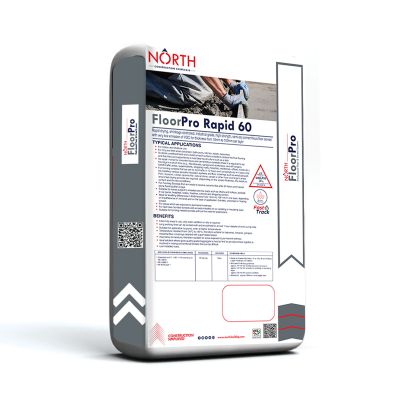

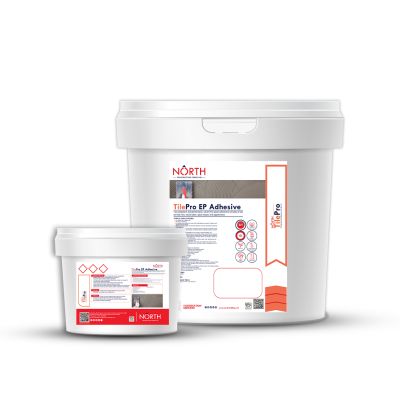

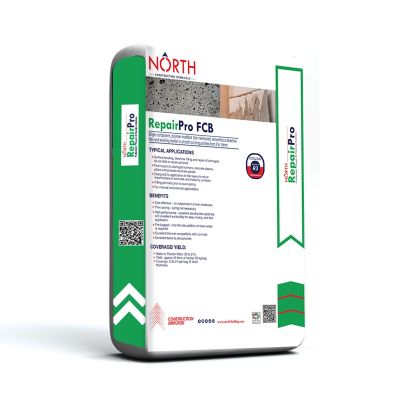

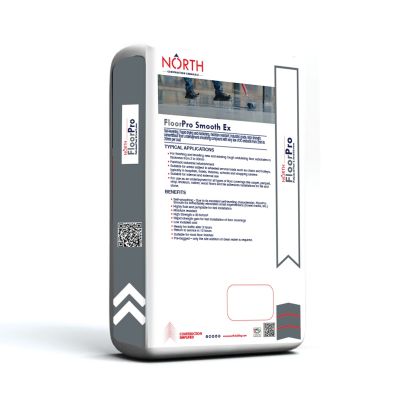
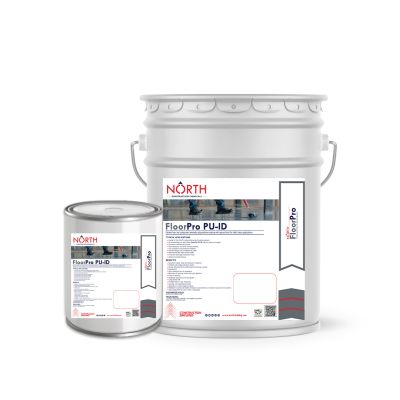

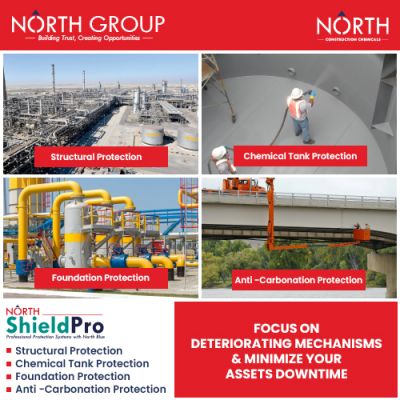

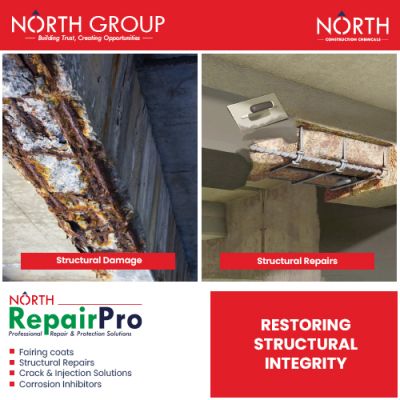


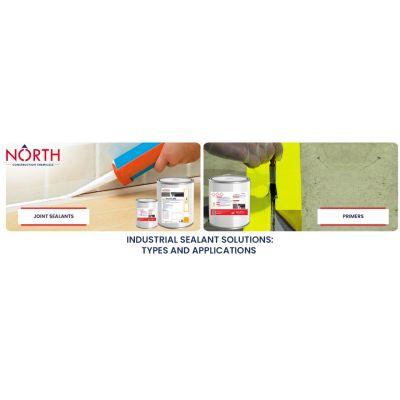
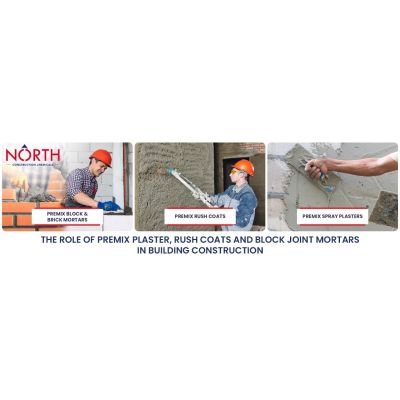
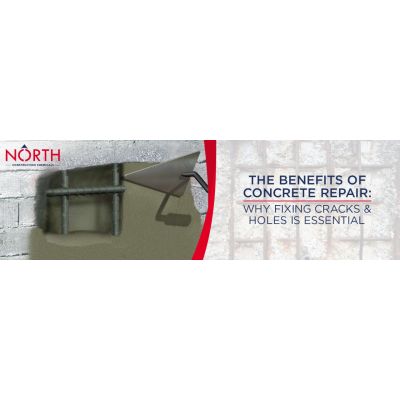






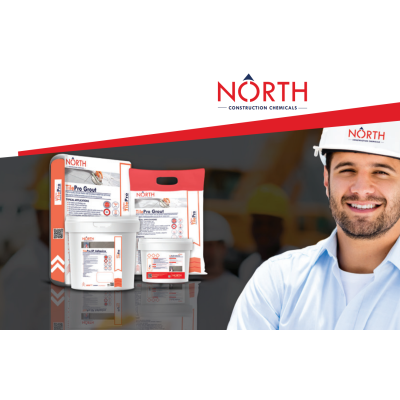
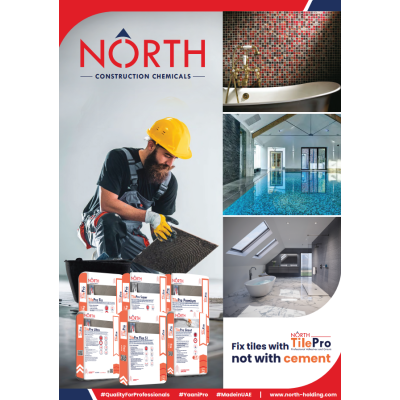

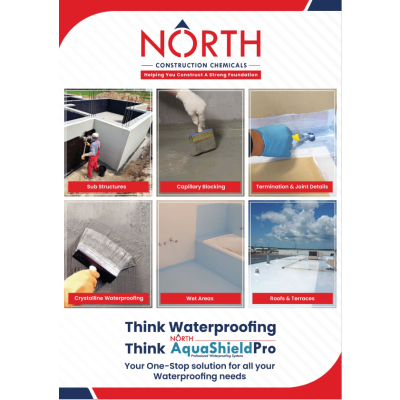
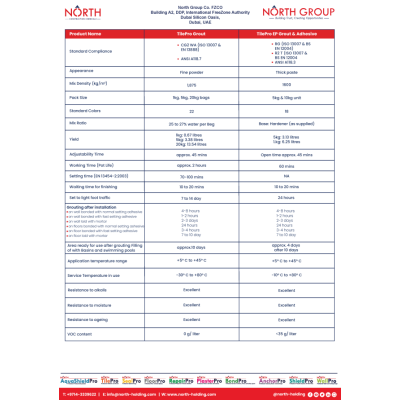

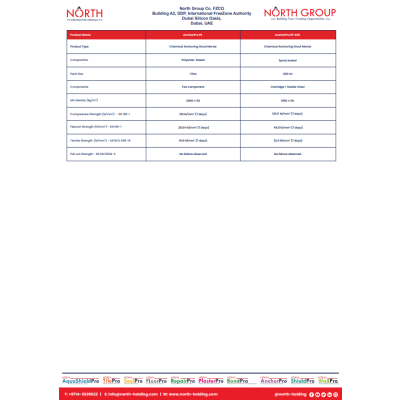
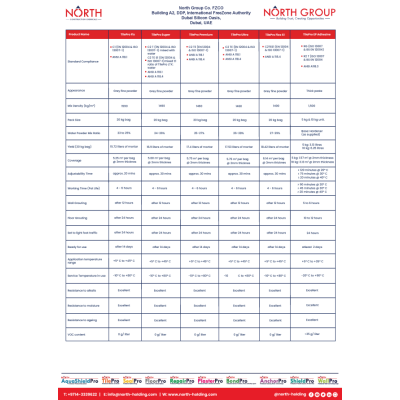
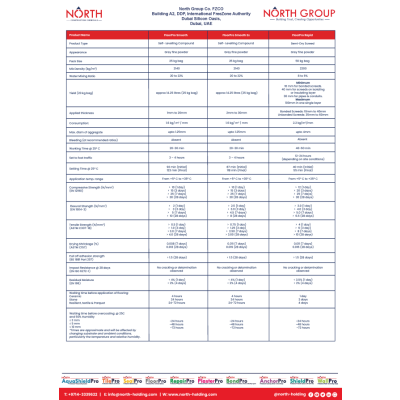
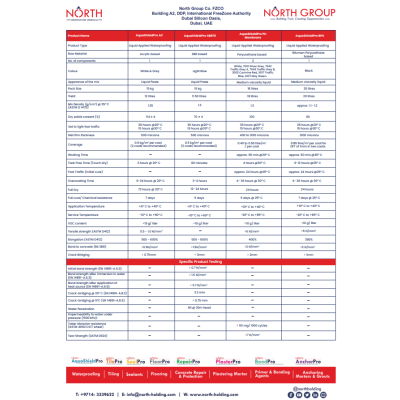


 Where To Buy
Where To Buy